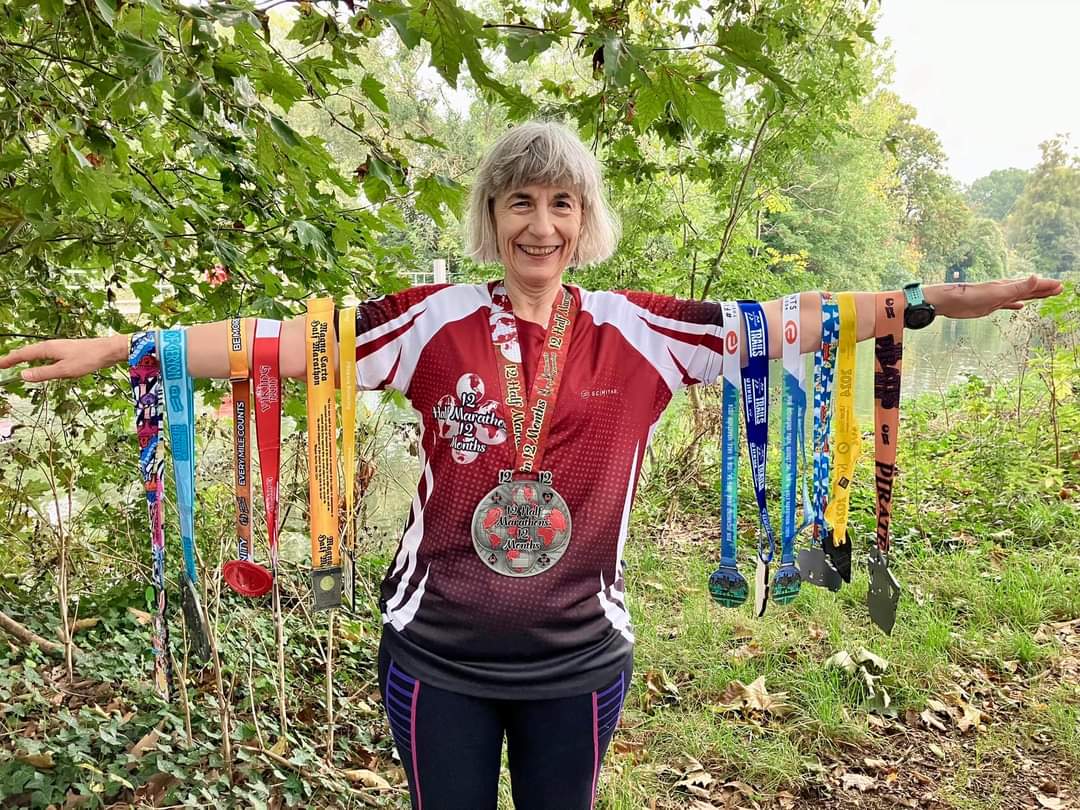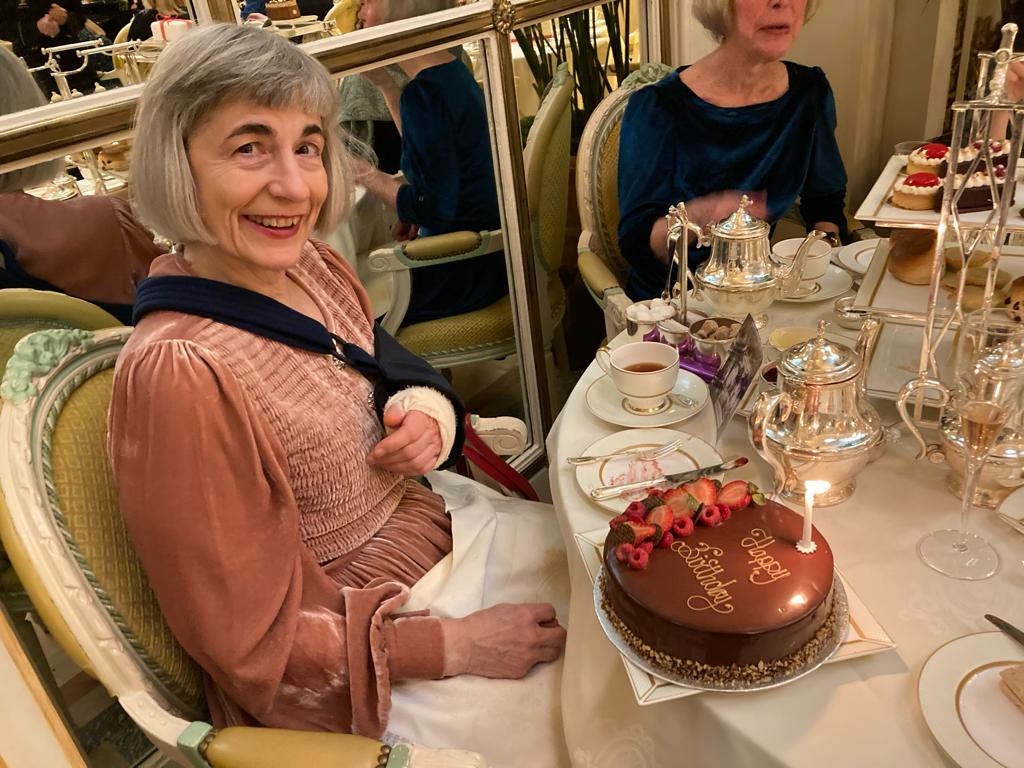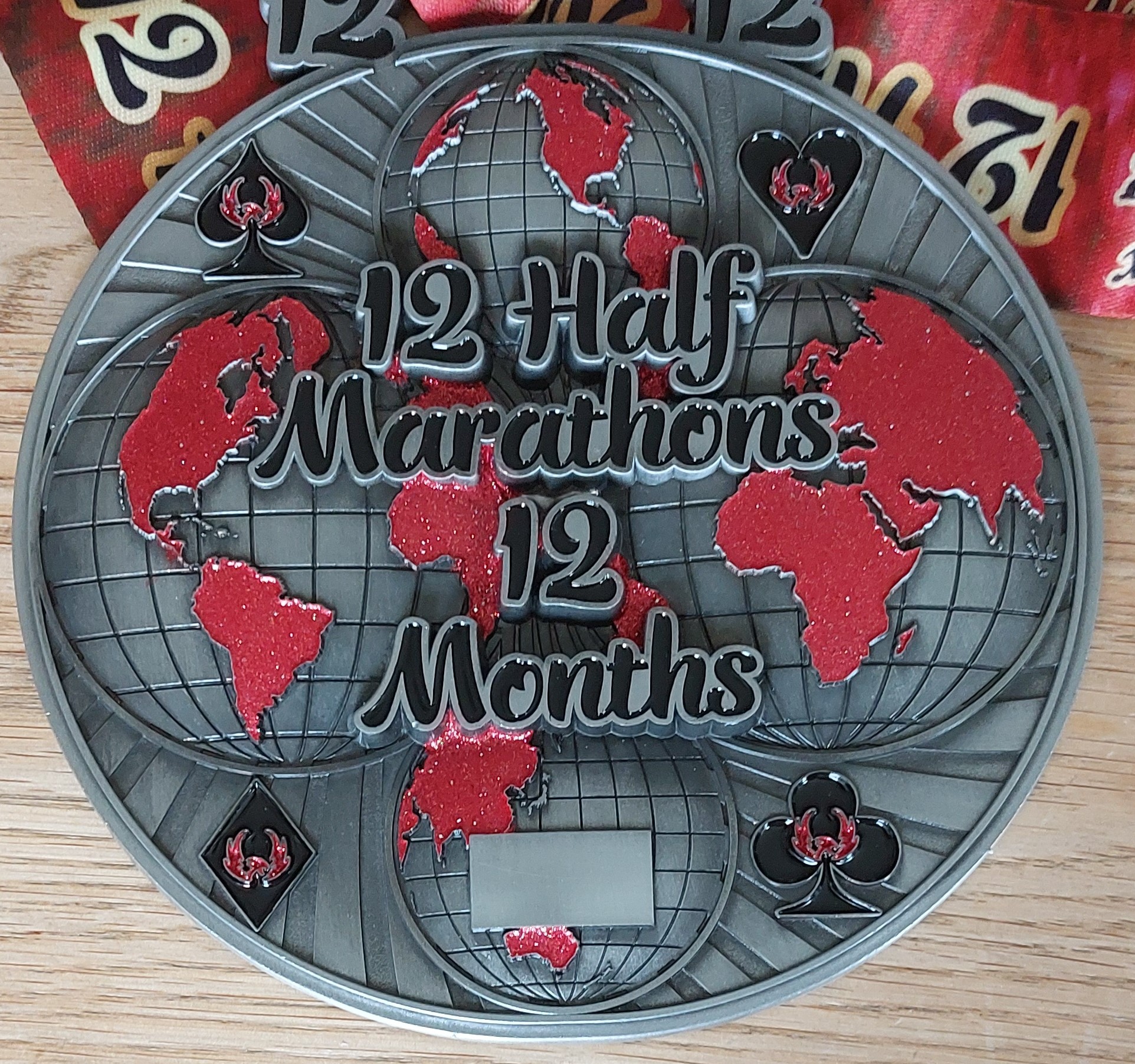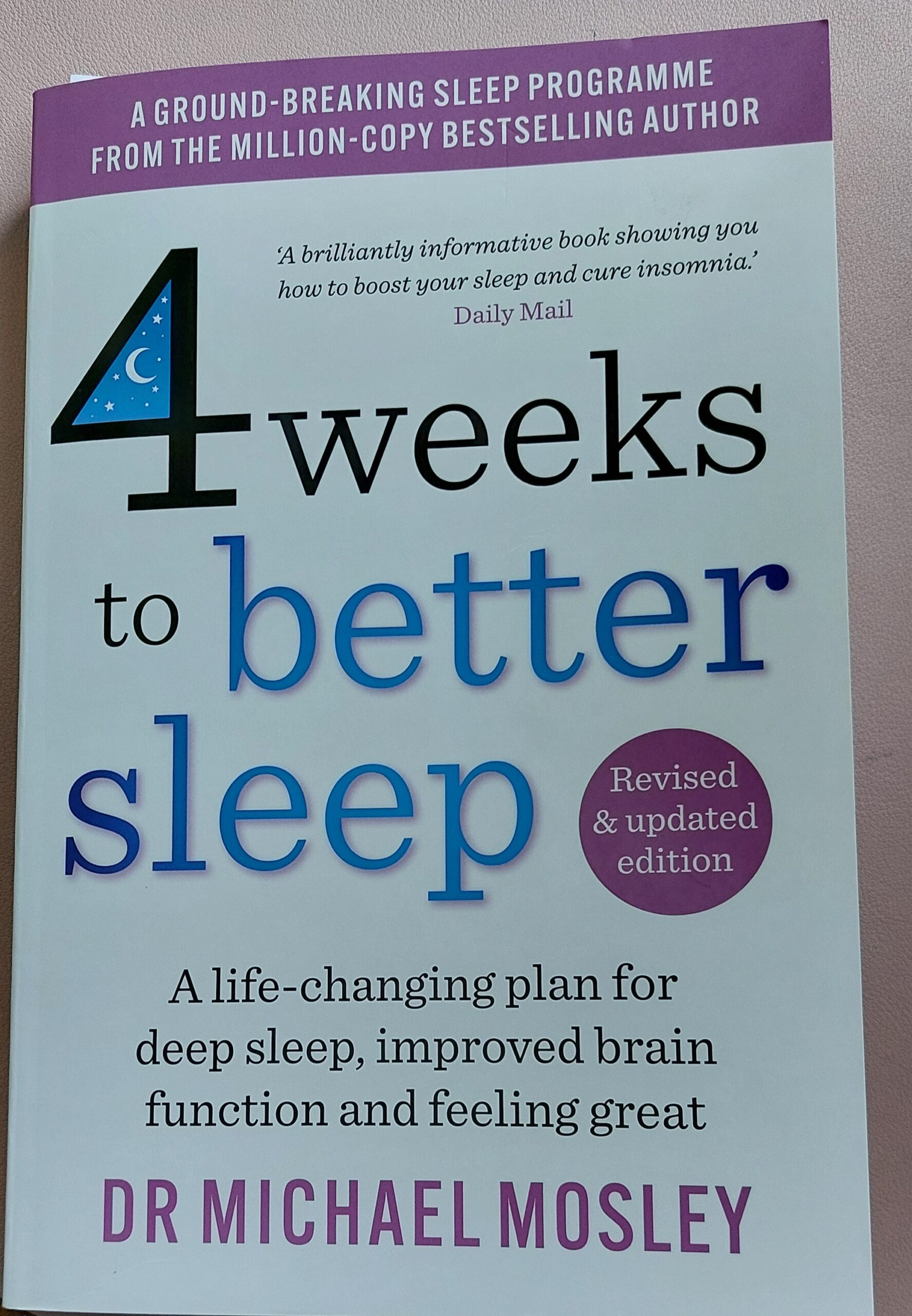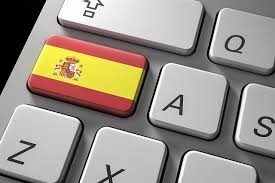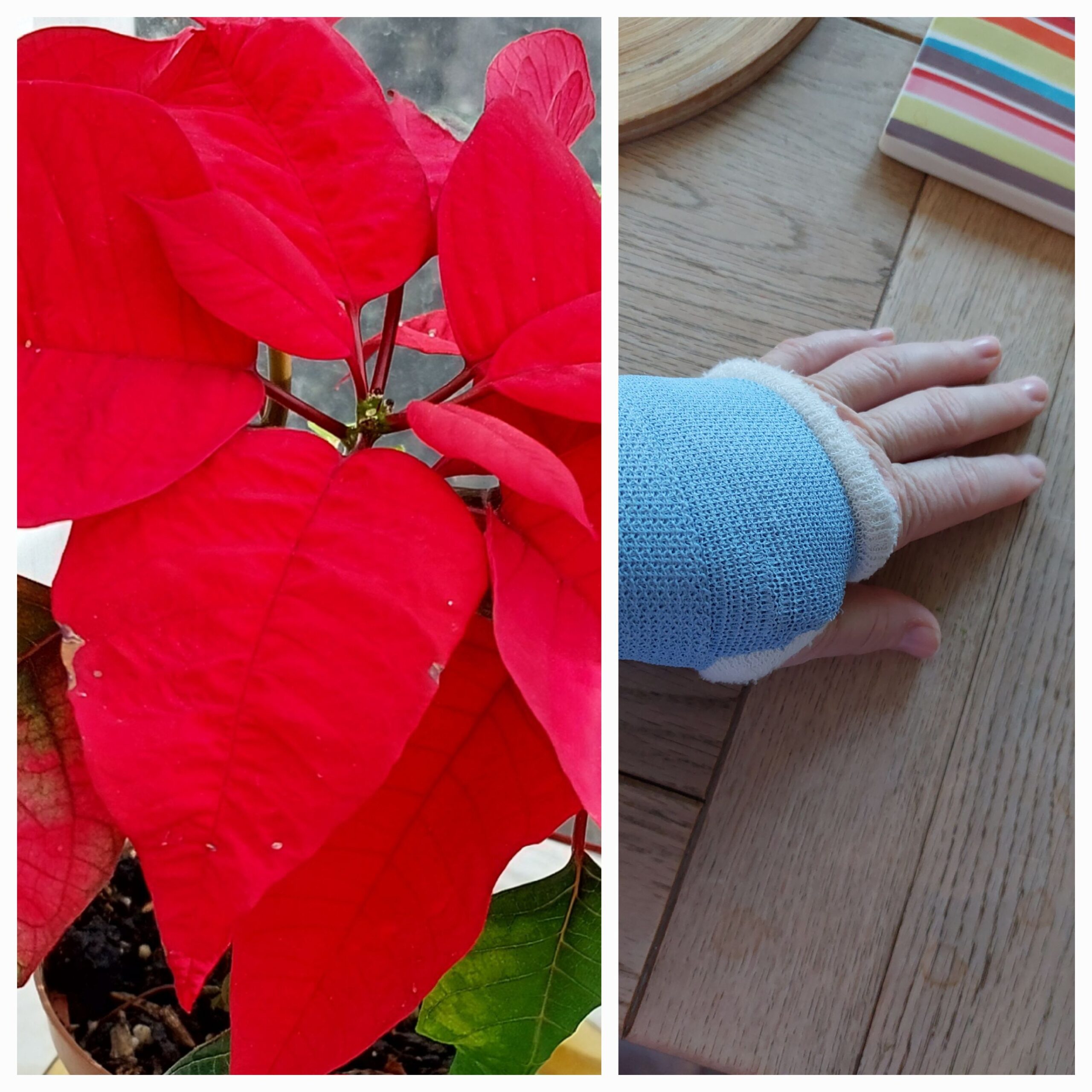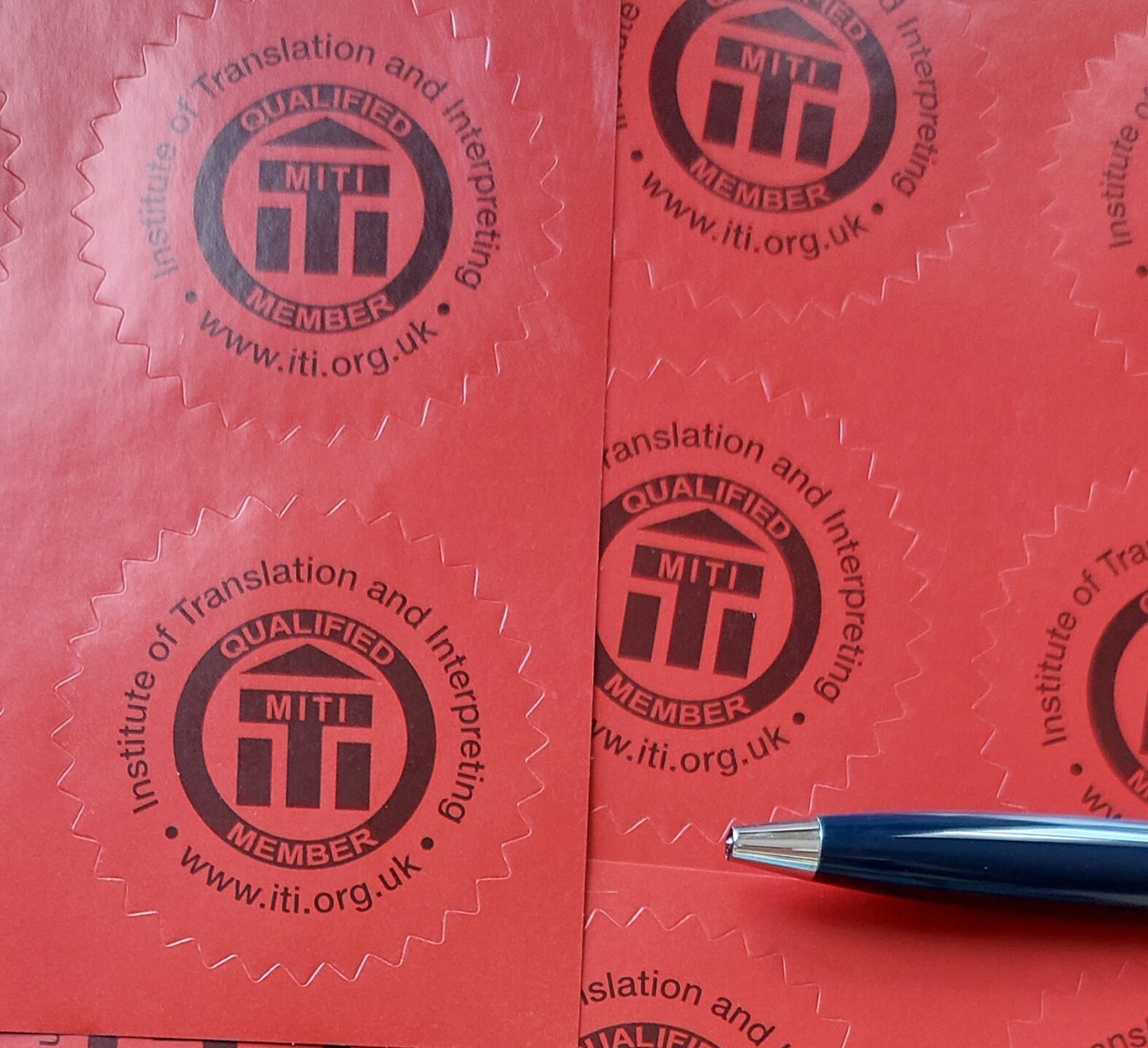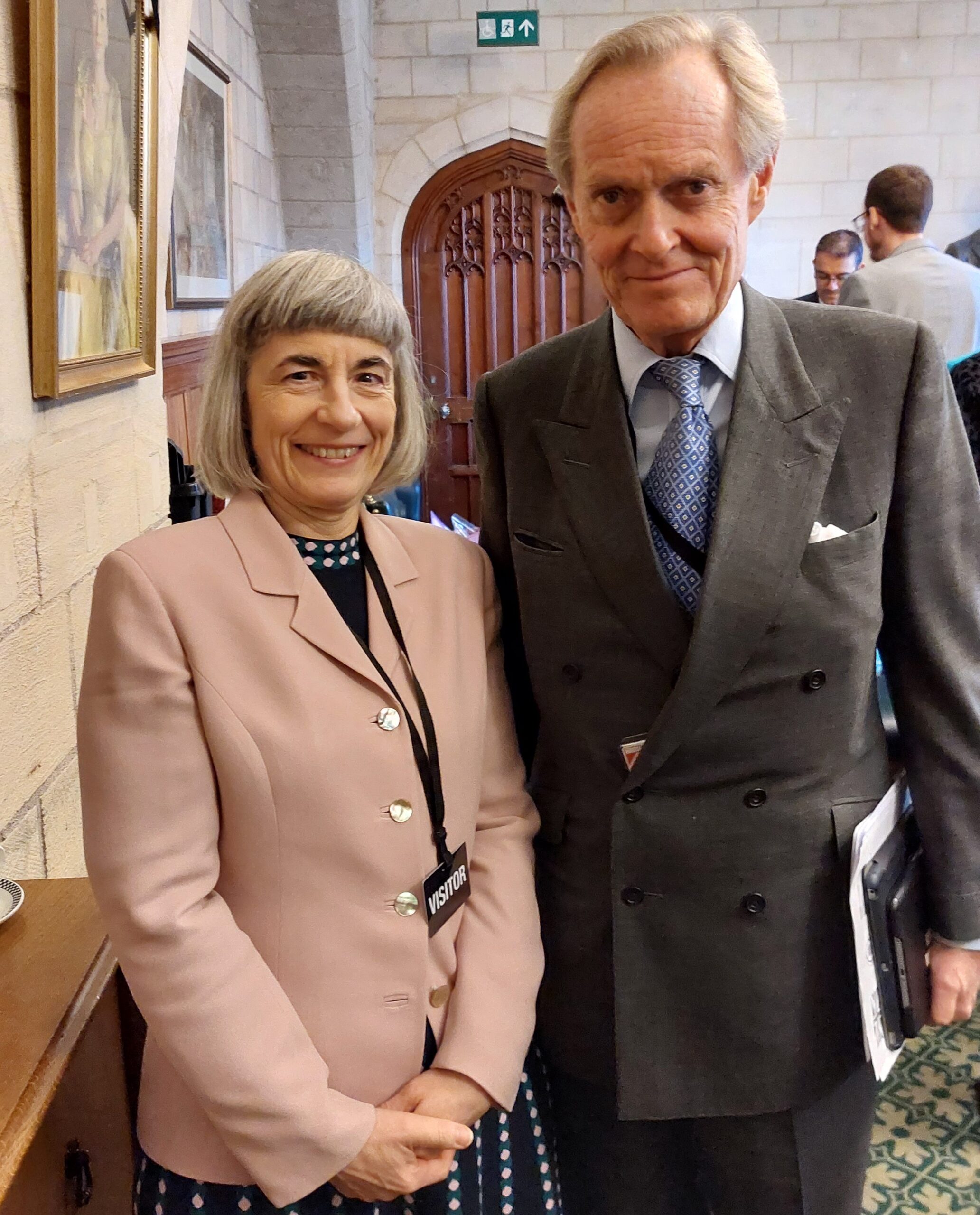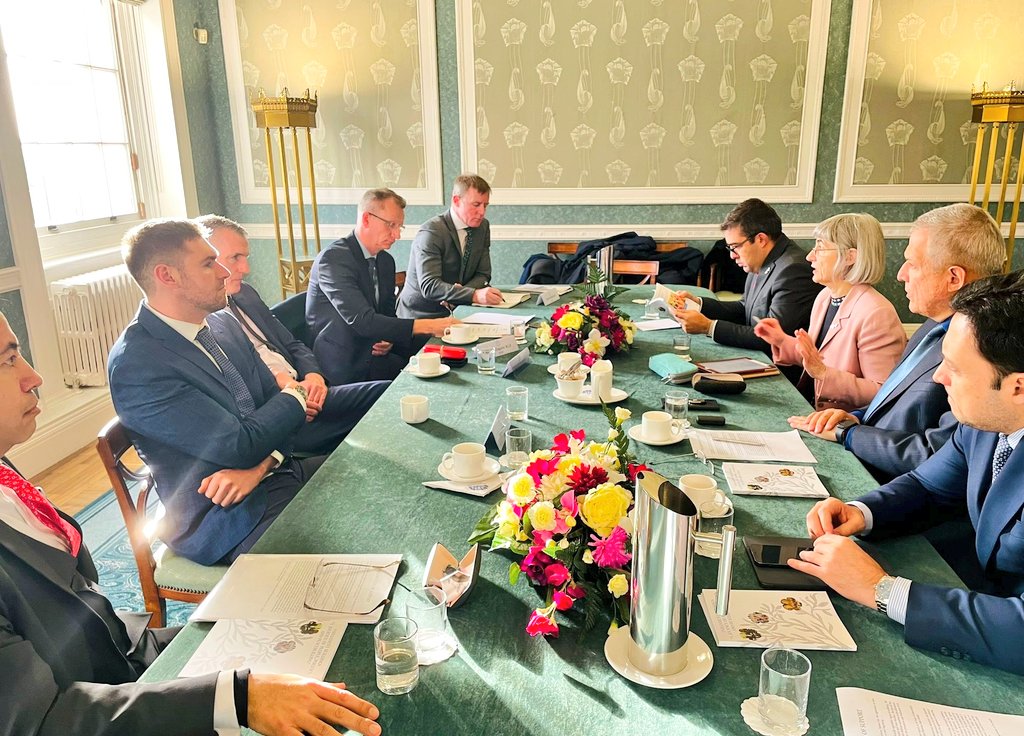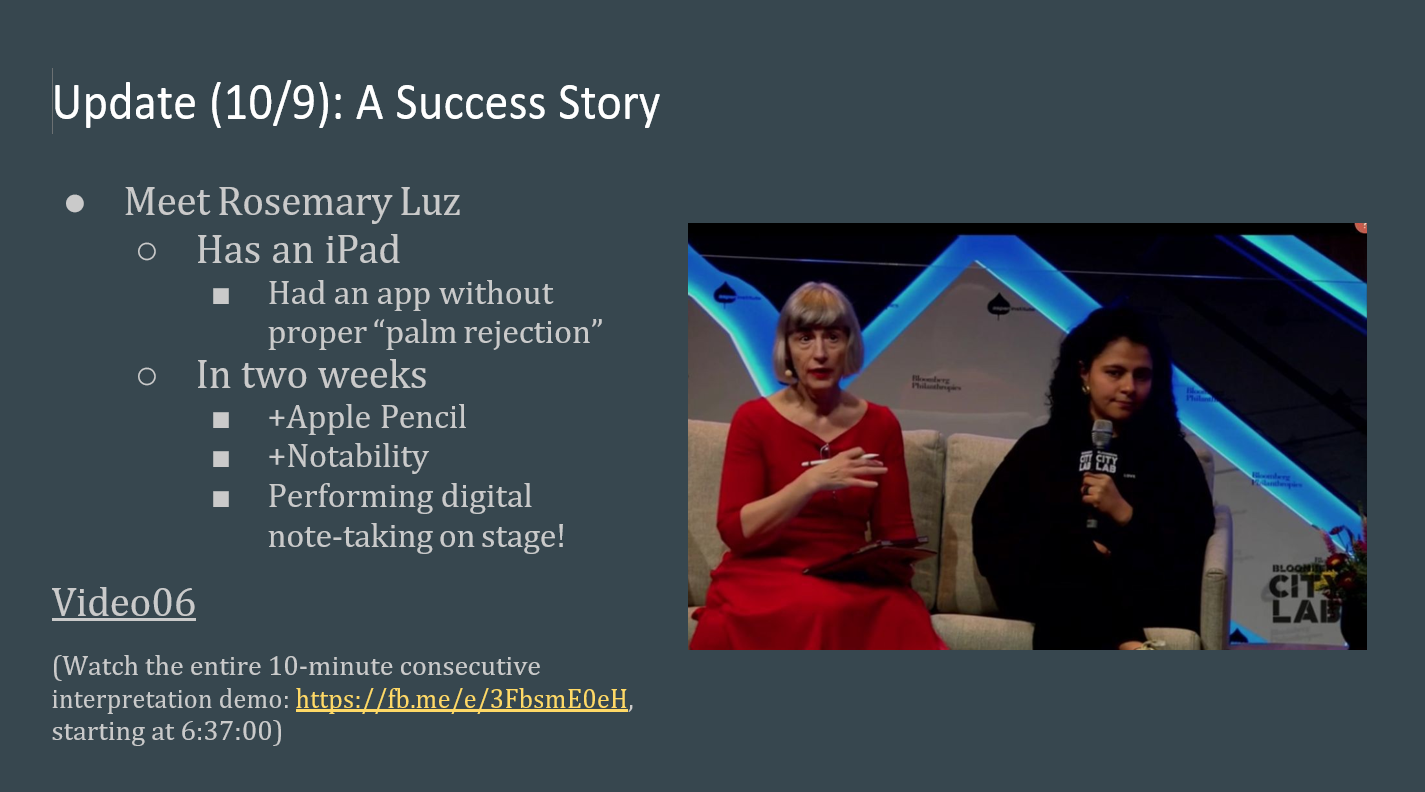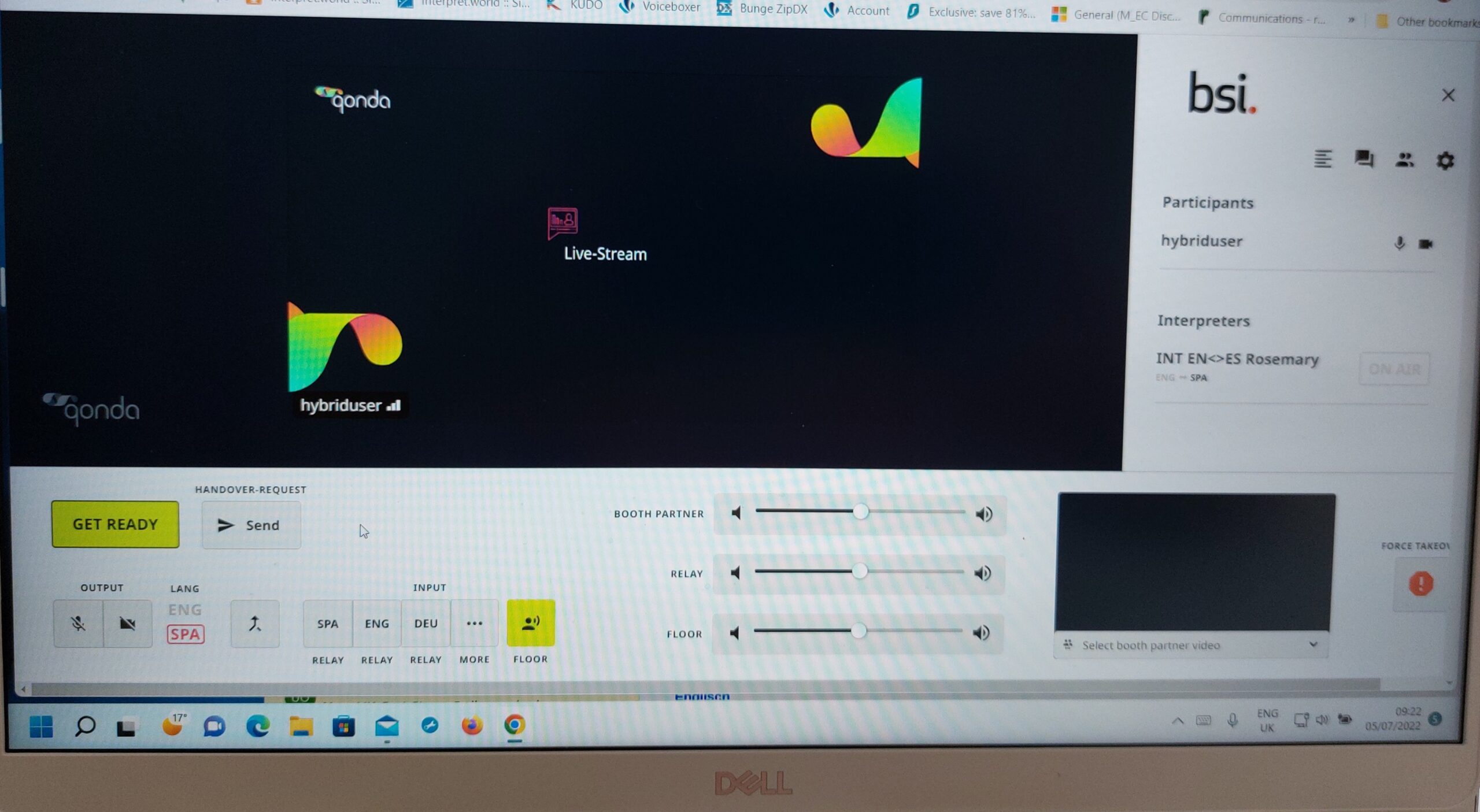As a City of London Guide and I would like to tell you about the Central Criminal Court. I gave tours of this building. It is one of the most famous buildings in London and the most famous Court in the world. It has featured in Charles Dickens’ ‘A Tale of Two Cities’ and such films as ‘Witness for the Prosecution’ and ‘V for Vendetta’. However, before I tell you about this Court and its trials, I would like to provide a historical context.

History
This map shows the City of London and its perimeter in red. This area is within Greater London and the two should not be confused. The City of London is a square mile and was founded by the Romans in the first century. It was a walled settlement and continued to be a walled city through the Middle Ages. Back then, if a person wished to enter or leave the City of London he/she had to pass through a City gate.
This second map shows five of the City’s eight gates. If you look to the left of the map you will see a city gate called Newgate.
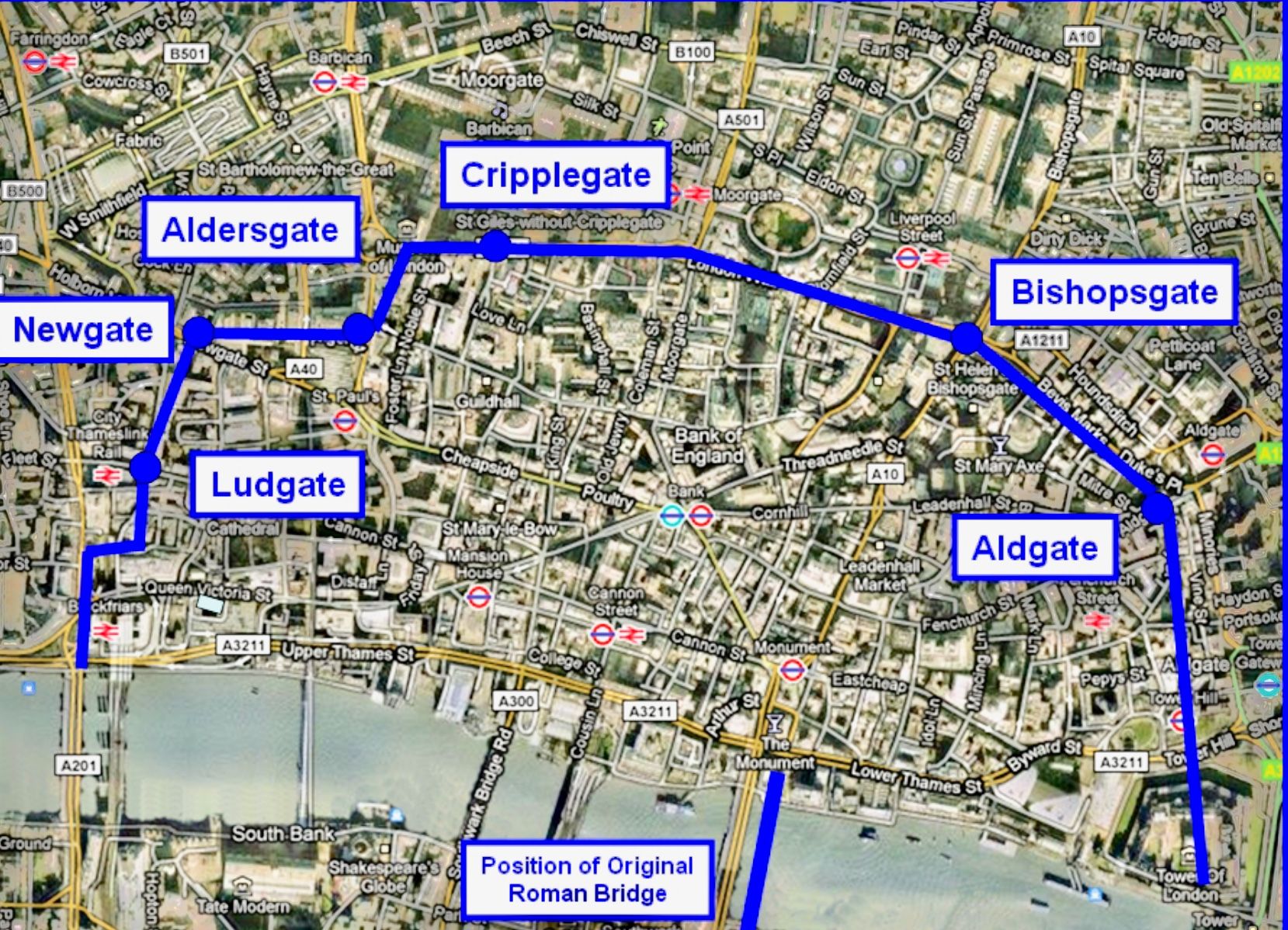
This third map provides a close-up of Newgate. The street takes its name from the City gate. The black object lying across the street is where the old City gate stood. It replaced the original, Roman west gate of the City.
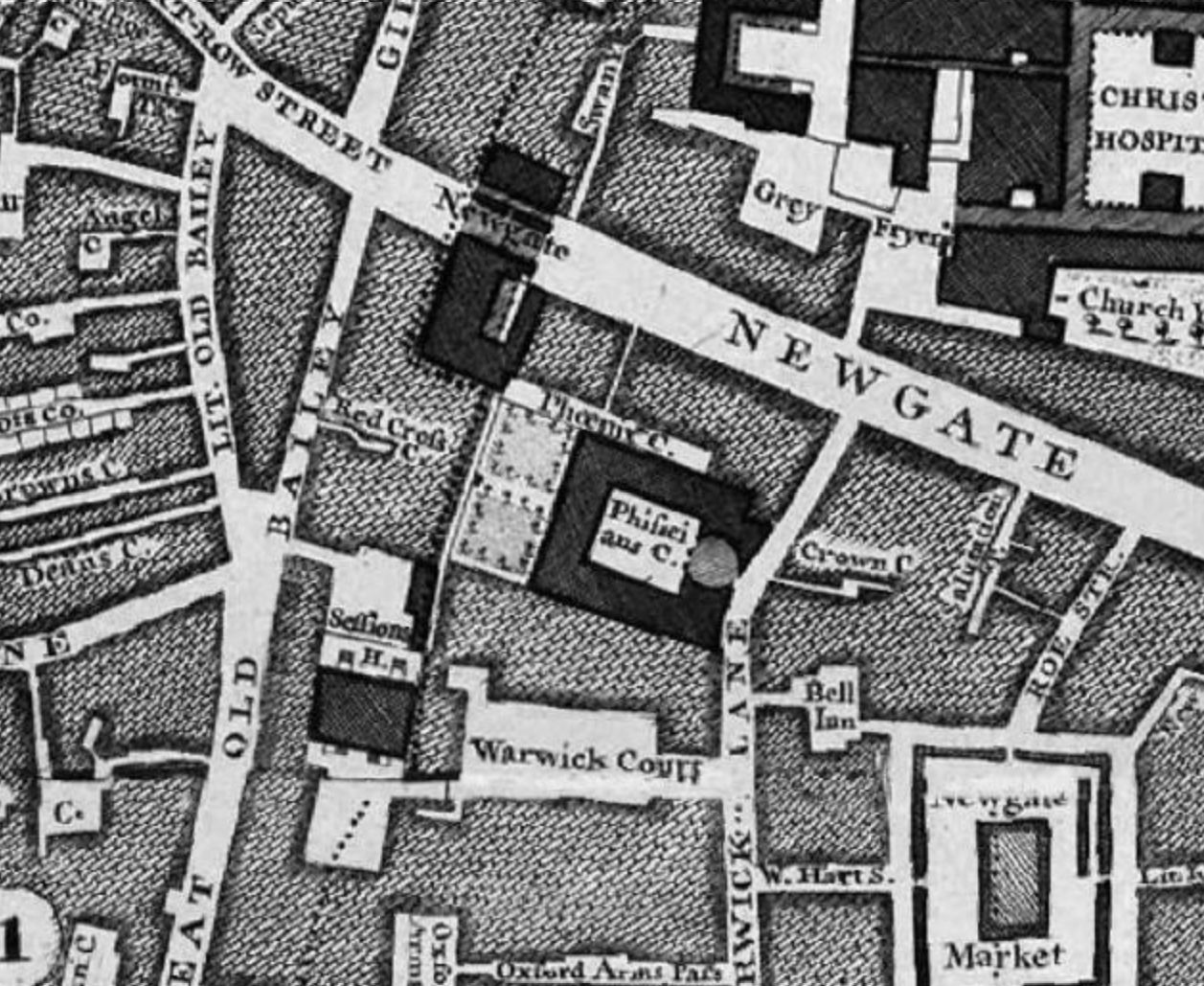
There was a prison on this site from the twelfth century onwards. Newgate Prison incorporated the City gate into its structure as you can see from this eighteenth century illustration.
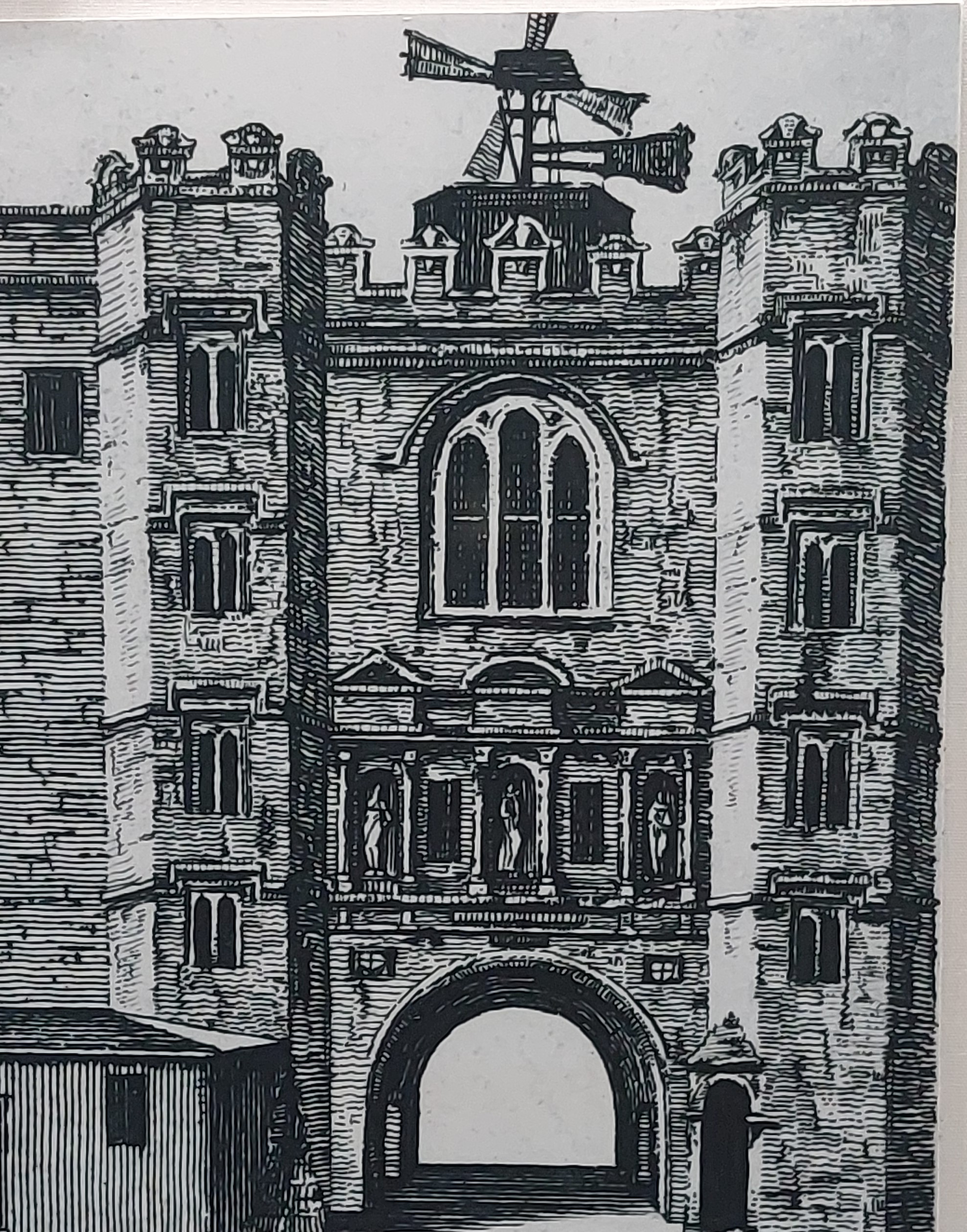
Hell on Earth
The prison was rebuilt many times because of the overcrowding, squalor and disease. It was a byword for hell on earth.
On the third map above you can see a street called Old Bailey. Just where the word ‘Old’ is written there is a small building. This was the Old Bailey Session House built in 1539. ‘Session House’ is another term for ‘courthouse’. It was the first courthouse built near Newgate Prison. Like the prison it was rebuilt several times.
Bailey is an ancient word for enclosed area of castle or other fortification. The street of Old Bailey runs along the same course of the City’s original fortified roman wall. This is where the Central Criminal Court gets its nickname: Old Bailey.
Newgate Prison stood on the corner of Newgate and Old Bailey from 1783 to 1902.
Below is a photo of Newgate Prison just before it was demolished in 1902. Its replacement was the Central Criminal Court, built between 1902 and 1907.
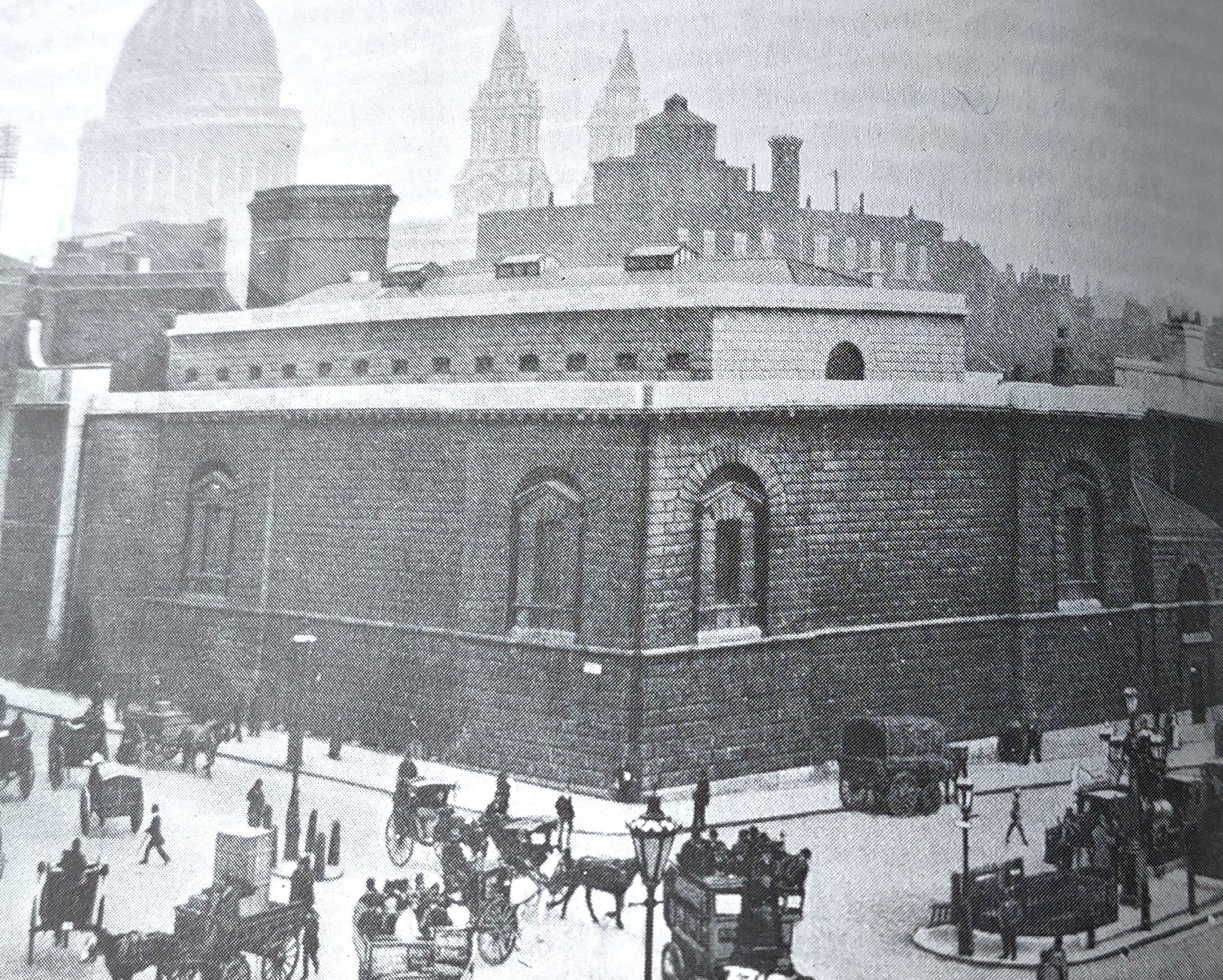
The Ceremonial Entrance of The 1907 Building
The Central Criminal Court is a building of two halves. The 1907 building and 1972 extension. There is a main ceremonial entrance of the 1907 building. It was first used for the opening of the building by Edward VII on 28th February 1907.
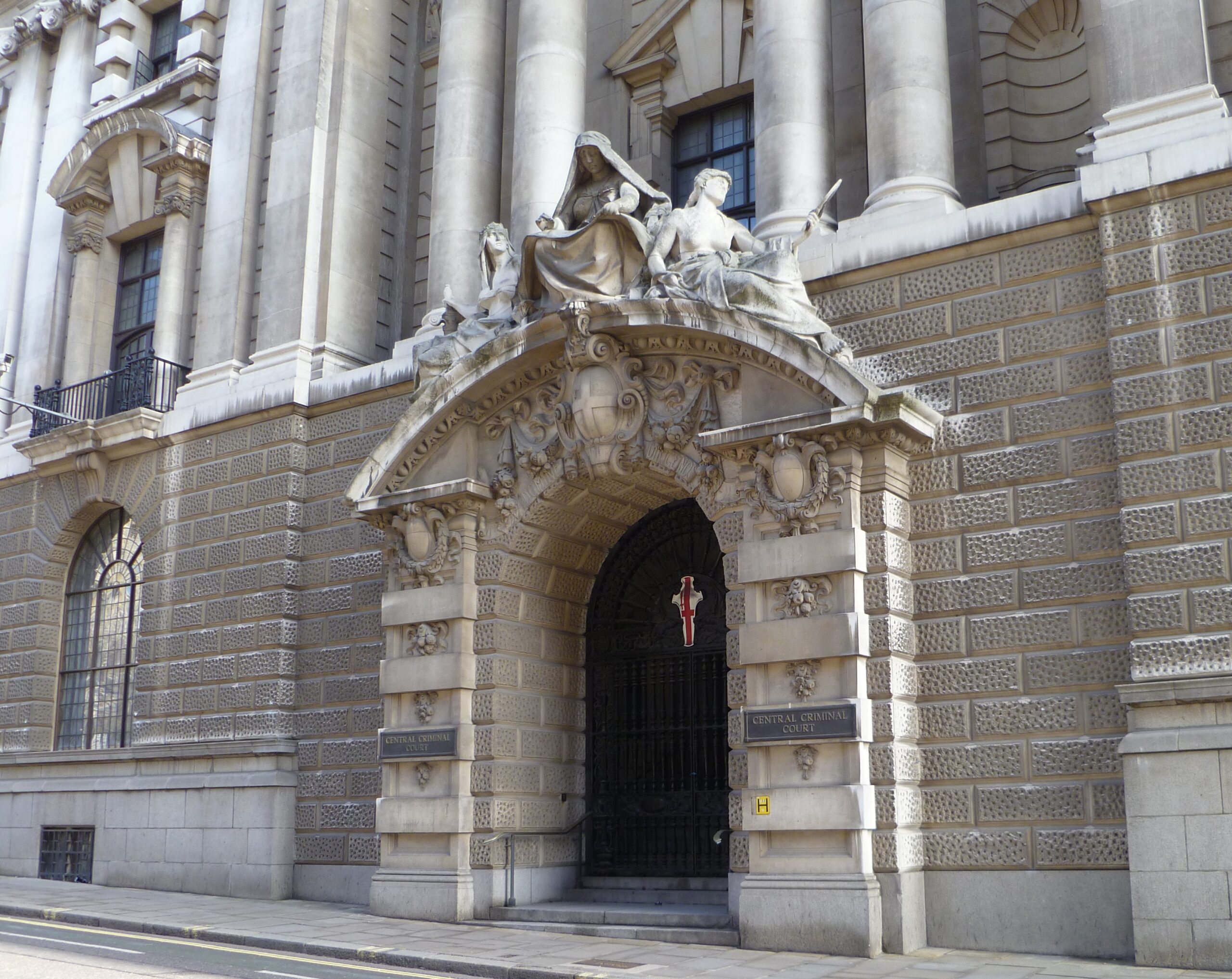
The photo below shows what the ceremonial entrance looks like on the inside. Please note that to the left of the doors is a lift. A few days before the Central Criminal Court’s inauguration, the Court administrators were informed that the King had been ill and might not be able to manage the stairs so this lift was hurriedly installed and still exists alongside the entrance. As it happened, the lift was not needed as the King managed the stairs easily.
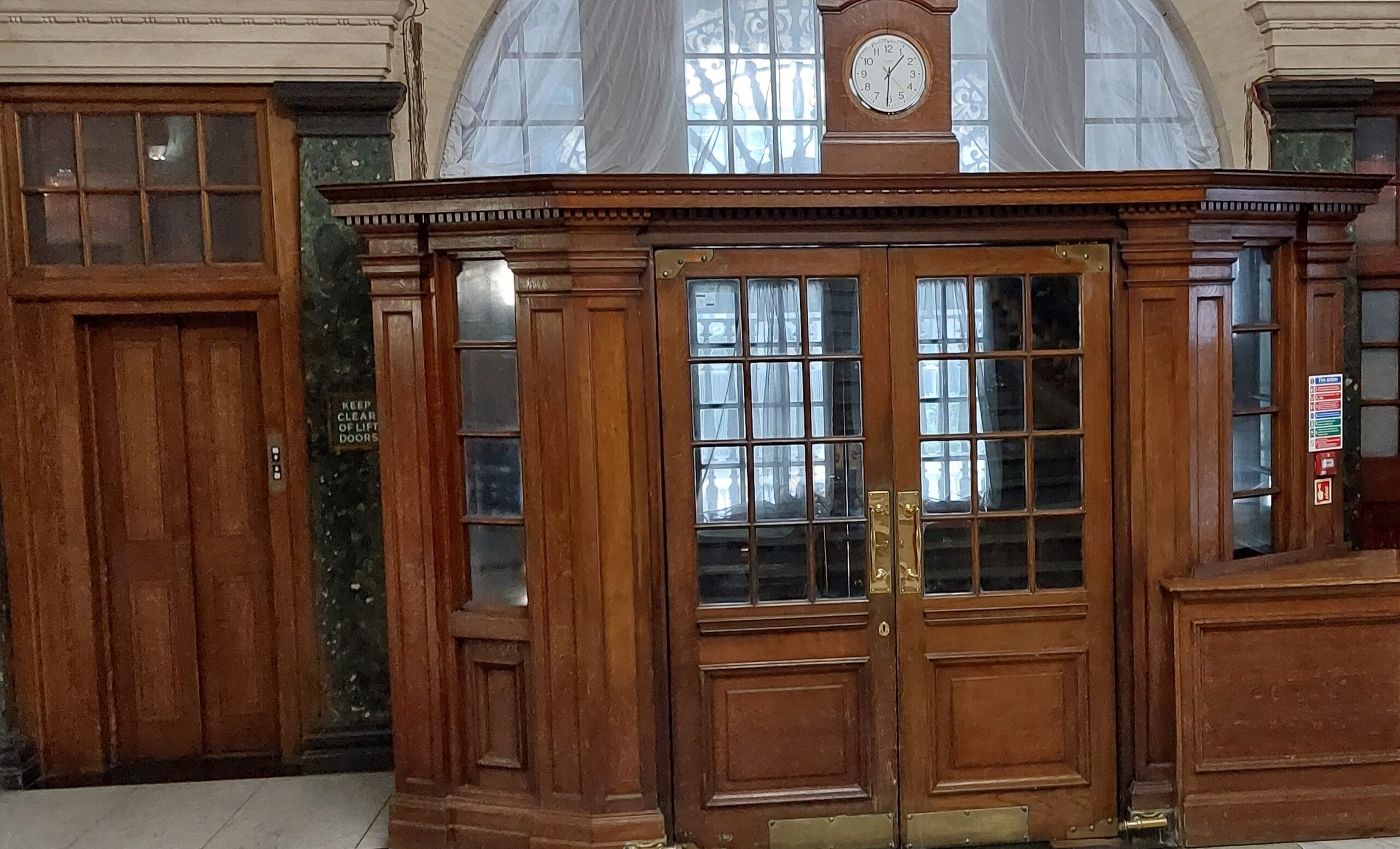
The Central Criminal Court is the fourth courthouse that has stood on Old Bailey. The Central Criminal Court has the status of a crown court. The lowest criminal courts in the land are the Magistrates’ Court which hear 95% of all crime. The remaining 5% of cases are referred to the Crown Courts because of the seriousness of the offences. The very worst and most serious cases within the crown courts’ jurisdiction are sent to the Central Criminal Court. The Old Bailey’s jurisdiction is the City of London, Greater London, England and Wales.
I told you earlier that the Central Criminal Court is within the City of London. Its local government is called the City of London Corporation which owns and administrates the building. The staff who run the courts are employees of the Ministry of Justice.
The ceremonial entrance is used four times a year by the Lord Mayor of the City of London (in his or her capacity as Chief Justice and Chief Magistrate of the City). He or she comes in procession and sits in Court 1 to hear a non-controversial application. The Lord Mayor does not take part in any trial or contested proceedings.
The Penn and Mead Plaque
The Central Criminal Court’s archive dates back to 1674 so it is a goldmine of trials and stories. All of it is online and you can read about cases at www.oldbaileyonline.org.
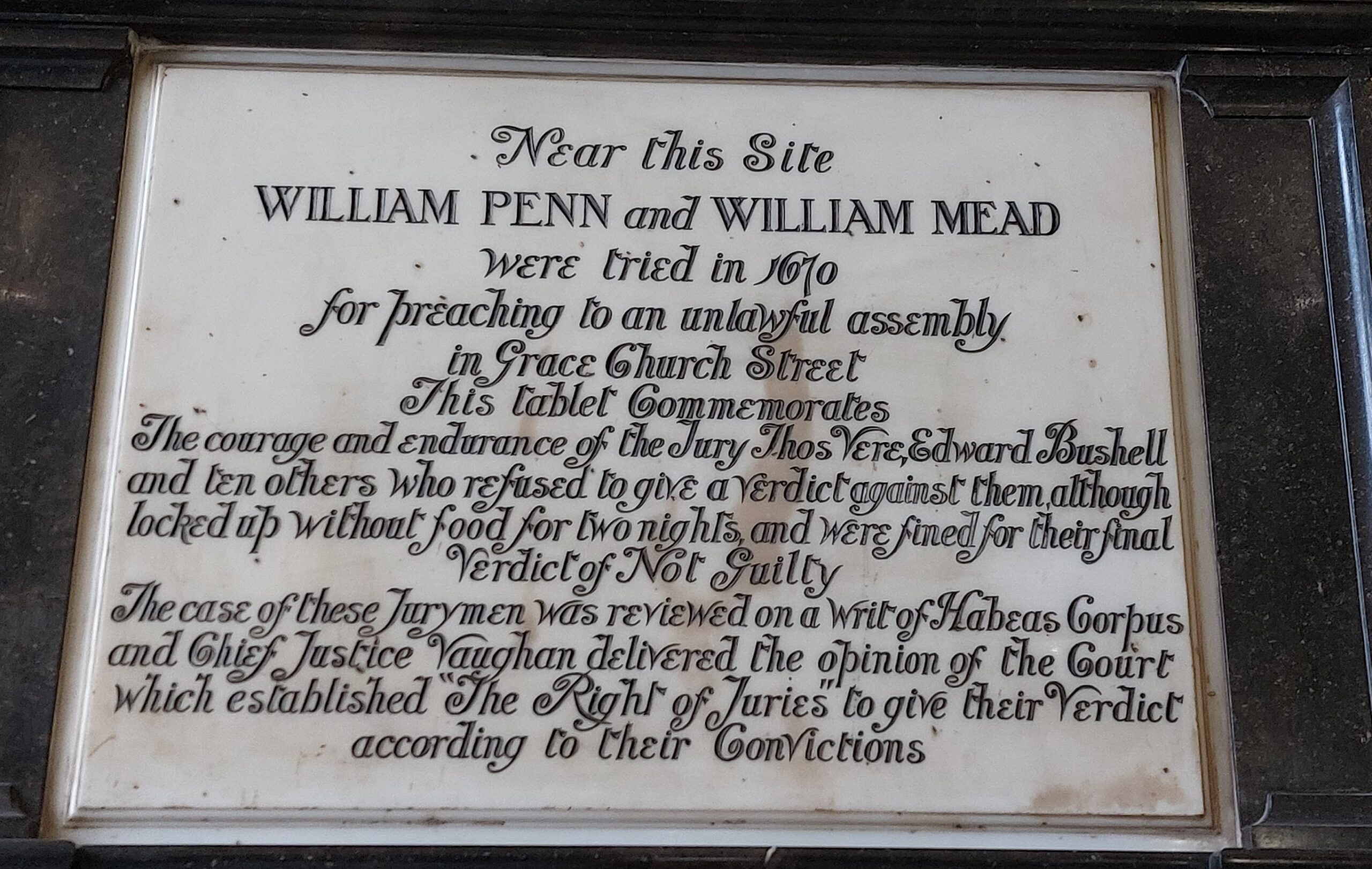
One of the most famous early trials on record was the trial of William Mead and William Penn. They were tried at the Old Bailey Session House in 1670. Willam Penn and Willam Mead were Quakers who were accused of illegal preaching in the City of London. The jury did not return the unanimous guilty verdict desired by the authorities – four of them disagreed. The judge berated the jury. Jury locked up for two nights without food or warmth but they remained adamant. On the third day both accused were found not guilty and the judge accepted the verdict but fined the jury for not heeding advice. The judge ordered the jurors to remain imprisoned until the fines paid. Four jurors spent months in Newgate until one of them, Edward Bushell, was able to get the case brought before a higher court where Lord Chief Justice set aside the fines and the judgment.
This case established that juries should give a verdict according to their conscience and could not be fined or penalised for not complying with the wishes of the authorities. This is one of the cornerstones of the jury system wherever used throughout world.
What became of the acquitted defendants? William Mead went on to become a prosperous merchant in London. William Penn was the son of Admiral Penn, who was Samuel Pepys’s colleague at the Navy Office. Penn Junior eventually went to America to take possession of land granted to his father, after whom he named the colony he founded – Pennsylvania.
Court 1
This is probably the most famous courtroom in the world. It will be familiar to you as the setting for trial scenes in numerous films and television programmes. However, none of them were filmed here because filming is not permitted. The film and television studios built sets to recreate the courtroom. Among the most famous films is Witness for the Prosecution starring Marlene Dietrich, Charles Laughton and Tyrone Power. Court No.1 also frequently featured in the TV series Rumpole of the Bailey.
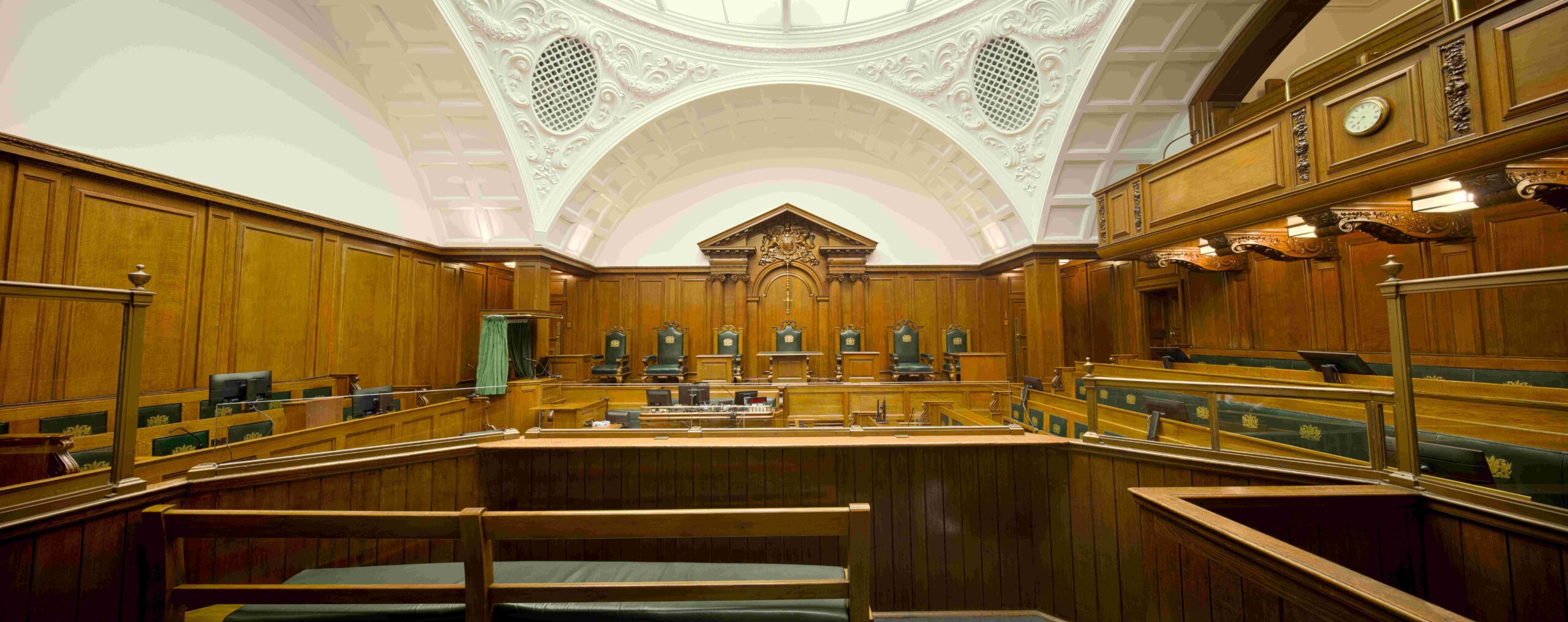
Judges here have what is known as a ‘murder ticket’. They have at least 20 years’ experience of hearing dreadful rape and murder cases. Other judges are specialists in other types of crimes such as complex fraud.
So where do people sit? The central chair on the bench is always reserved for the Lord Mayor of the City of London. Although the Lord Mayor is ex officio the Chief Justice of the City he does not take part in any controversial case. On the Lord Mayor’s right sits the presiding Judge. On the Lord Mayor’s left sits the Recorder of London (the city’s principal law officer). His office dates back to the 13th century. To the right of the presiding Judge sits the Common Serjeant of the City (effectively the Recorder’s deputy). This office dates back to the 13th century too. The other three seats are for a City Alderman (1 of the Aldermen is in attendance each day) and the two City Sheriffs who are responsible for the administration of the Central Criminal Court on behalf of the City. The office of the Sheriffs has existed since before 1066. They are responsible for taking care of the judges and advising the Lord Mayor.
If you look at the centre below the bench sits the Clerk of the Court. Facing the bench is the large dock to which the accused is brought at the start of proceedings via steps which lead up directly from the cells. In the well of the court is where the legal representatives of the prosecution and defence are accommodated and behind them at a raised level is the public gallery. The prosecutor sits near the Judge’s bench and the defence barrister sits near the defendant(s). There is no direct communication allowed between the public gallery and the floor of the Court. The jury sits facing the legal representatives with the witness box at a raised level between the jury and the bench.The victim’s family and friends sit over there near the jury box and the dock. Members of the Press have their place in front of the jury box.
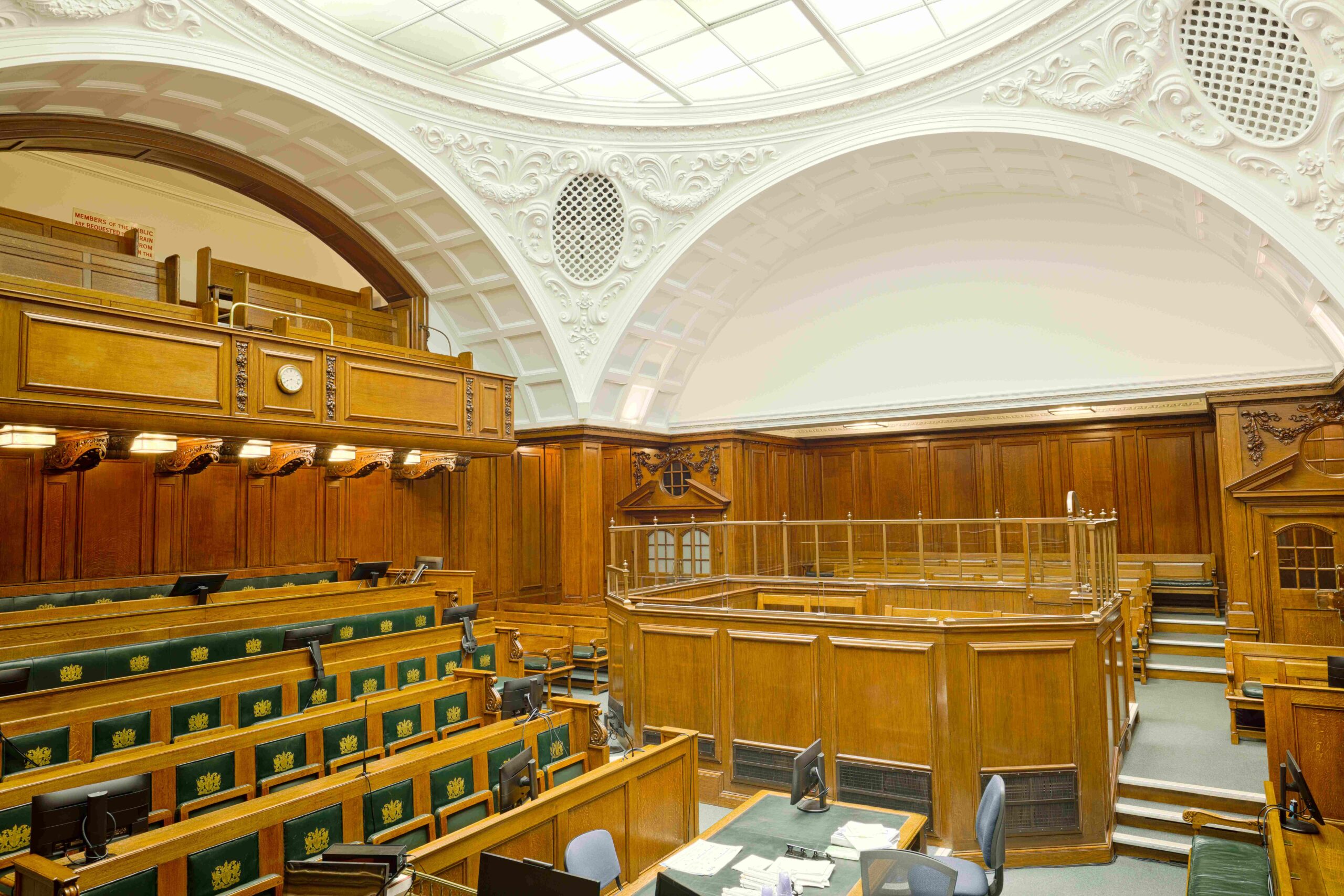
Among the legendary and historic trials which have taken place in Court No 1 are those of Hawley Harvey Crippen 1910 and John Reginald Christie 1953. In 1969, the East End gangsters the Kray twins were tried and convicted here. In 1979, Jeremy Thrope and his lover Stephen Ward were tried and acquitted. Did you see ‘A Very British Scandal’ a few years ago? In 1981 the Yorkshire Ripper Peter Sutcliffe was tried and convicted here. Did you see ‘The Long Shadow’ on ITV in 2024? The Sutcliffe trial is an example of the Central Criminal Court taking a significant case from outside London which it has done since the passing of the Central Criminal Court Act 1856, prompted by the case of poisoner William Palmer (the Rugeley Poisoner, as it was felt that he was unlikely to get a fair trial if tried locally).
Oscar Wilde was not tried here because his trial was in 1895 and took place in the Sessions House before the construction of this building in 1902.
I told you earlier that the Old Bailey is a building of two halves. Well, now I’d like to talk about it. The new part of the Central Criminal Court was first proposed 1960. The plans of Donald McMorran and George Whitby were approved November 1962. The original brief was for 6 courts but this was expanded to 12. It was a complex brief requiring separate street entrances and the need for people to be able to circulate in the building without coming into contact with others (defendants/jurors etc). The remains of the Roman wall and a collapsed portion of the wall from the 1902 Newgate Prison building were found during construction. Roman wall was left in situ although it is not visited on the tour and the prison wall was re-erected and is visible from the judge’s entrance at the rear. McMorran died in 1965. The project was completed by Whitby who died in 1973 just before the bomb exploded outside this Court.
The 1970s Bomb and The Shard of Glass

In the photo above you can see a commemorative wall (behind the light bulbs) that was created for the inauguration of the new extension on 27.9.72. Above it you can see a tiny shard of glass embedded high on wall. This is reminder of the IRA car bomb left outside on 8th March 1973. One person was killed and 200 were injured. The bomb blew in many of the windows but the Portland stone exterior survived almost unscathed.
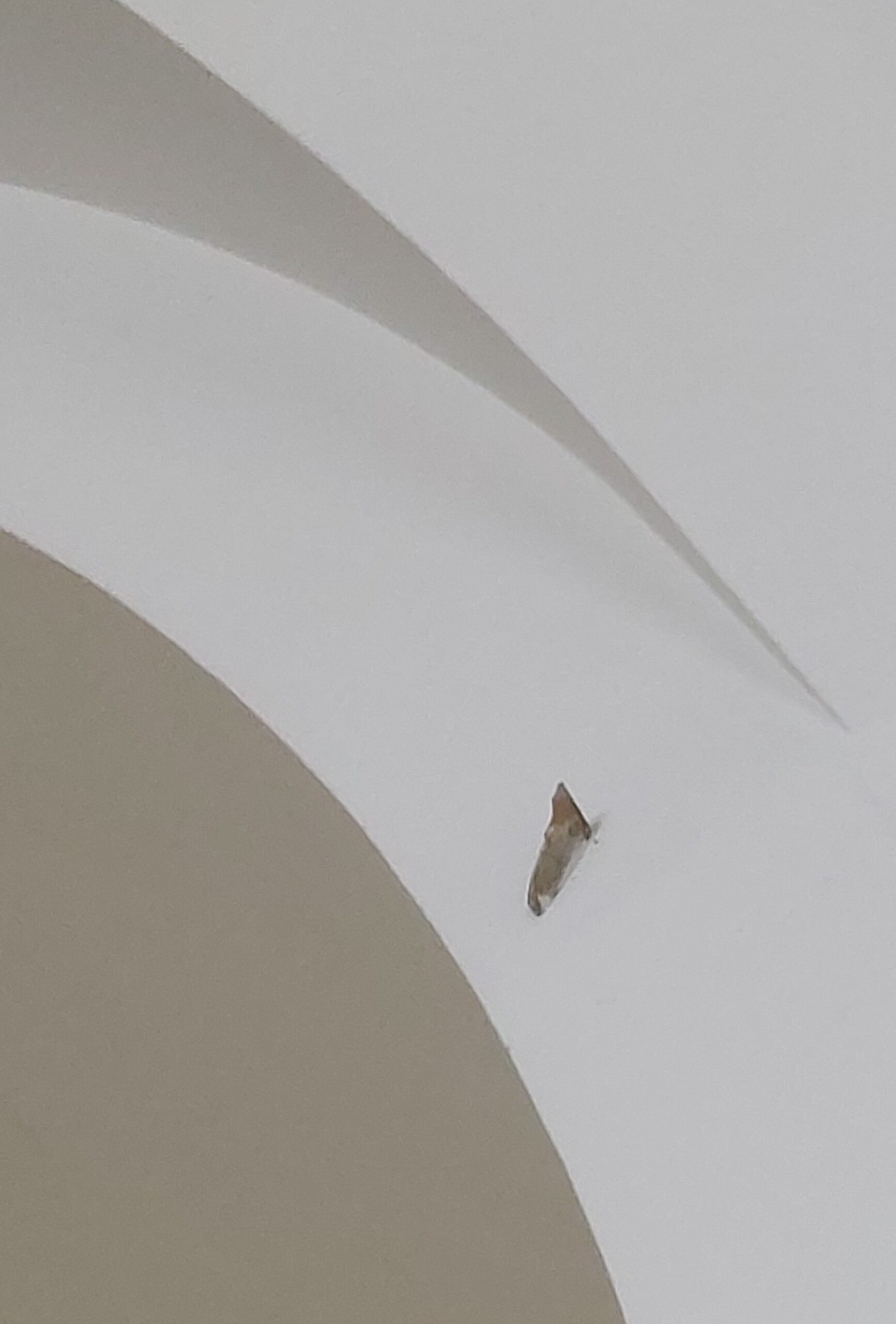
I have the dubious distinction of interpreting for one of the terrorists who planted the IRA bomb and put that shard there.In 1973 an eleven-person active service unit from the Provisional IRA Belfast Brigade was responsible for the bombing. Nine people were tried and convicted of the crime, with sentences ranging from eight years to life. One of the convicted terrorists was Gerry Kelly. He had a very eventful time as a prisoner. In 1989 he was released from prison and went straight to mainstream North Irish politics. He played a leading role in the Good Friday Agreement and presently he is Member of the Northern Irish Assembly. As such, during the 2000s, he met a Colombian politician who wanted to know about the Northern Irish peace process. The Colombian came to the UK as a guest of our Foreign and Commonwealth Office. I used to interpret for the Foreign and Commonwealth Office. The Colombian politician wanted to compare the North Irish experience with the Colombian negotiations for a similar peace agreement. I interpreted for the two men.

